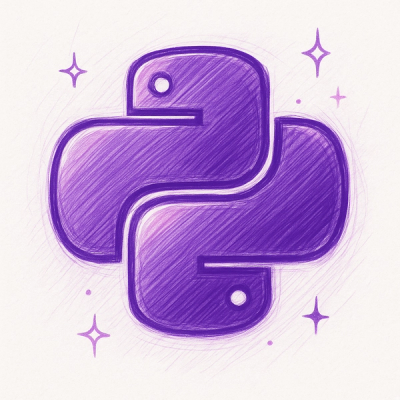moonshine-js
This package provides quick and easy integration of client-side, on-device speech-to-text on web pages and in web applications with Useful Sensors' Moonshine models. It includes the following:
- 🌙 Easy UI integration: add a single
<script> that automatically adds speech-to-text to all text inputs on a page, or design your own UI integration in a few easy steps.
- 🌙 Simple client-side speech-to-text interfaces: just import a single class to handle user mic permissions, model loading, and audio transcription, or use our lower-level model implementation to easily transcribe audio from other sources.
Note: This package is currently in alpha, and breaking changes may occur between versions. User feedback and developer contributions are welcome.
Quickstart
You can easily include moonshine-js on your site using our CDN-hosted solution. Including the following will automatically add speech-to-text to all input fields on your page:
<head>
<script type="module" src="https://cdn.jsdelivr.net/npm/@usefulsensors/moonshine@0.0.1/dist/moonshine.auto.min.js"></script>
</head>
Usage
Using moonshine-js requires adding the following elements to your page:
- Target elements. These are elements that you want to output the results of speech-to-text to.
- Control elements, specified by adding a
data-moonshine-target attribute that specifies a corresponding target element selector. These are clickable elements, like <button>s or <div>s, that should trigger speech-to-text.
Control elements point to corresponding target elements that should recieve the speech-to-text output. The following is a minimal example:
<textarea id="myTextArea"></textarea>
<button data-moonshine-target="#myTextArea"></button>
When a page visitor clicks the button, mic access will be requested, the model will be loaded on their device, and live speech-to-text will begin. As the visitor speaks, the transcription will be updated and output to the target <textarea>.
Lifecycle Icons
During each phase of the speech-to-text lifecycle (idle, model loading, and transcribing), a corresponding event is dispatched on the currently-active control element, which changes the icon currently displayed. We provide default icons; however, you may wish to override these to better match the design of your site. You have two options for doing so:
Option 1: Inline Override
You can specify what to display at each step of the lifecycle by adding inline <span> tags to a control element, as follows:
<textarea id="myTextArea"></textarea>
<button data-moonshine-target="#myTextArea">
<span data-moonshine-idle>This is custom content that will show while waiting to be clicked to start speech-to-text...</span>
<span data-moonshine-loading>...and while loading the model...</span>
<span data-moonshine-transcribing>...and during transcription!</span>
</button>
Note that inline overrides will only apply to the control element for which they are defined. If you wish to use a global override that automatically applies to all control elements on the page, read on...
Option 2: Global Override
To override the styling for every Moonshine control element on the page, simply add the data-moonshine-template attribute to the element that you want to serve as the "template" for all other control elements on the page:
<textarea id="myTextArea"></textarea>
<button data-moonshine-target="#myTextArea" data-moonshine-template>
<span data-moonshine-idle>This is custom content that will show while waiting to be clicked to start speech-to-text...</span>
<span data-moonshine-loading>...and while loading the model...</span>
<span data-moonshine-transcribing>...and during transcription!</span>
</button>
<textarea id="myOtherTextArea"></textarea>
<button data-moonshine-target="#myOtherTextArea">
</button>



